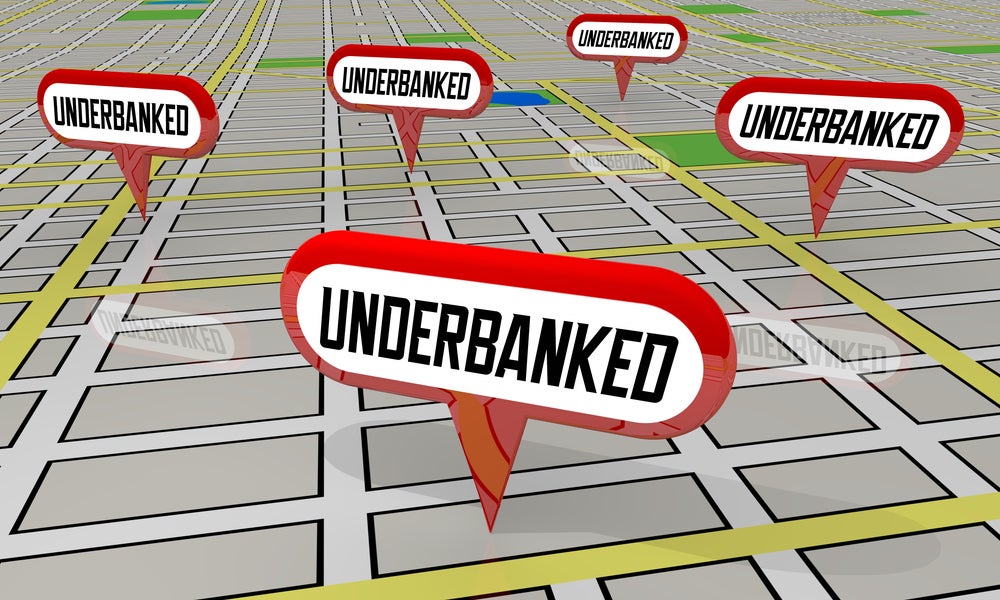GlobalData offers a comprehensive analysis of Commerzbank, providing key insights into its Environmental, Social, and Governance(ESG) factors. By closely monitoring and aggregating mentions of climate change and associated ESG keywords, GlobalData delivers valuable information on Commerzbank‘s ESG performance. GlobalData’s company profile on Commerzbank offers a 360-degree view of the company, SWOT analysis, key financials, and business strategy including insights on ESG implementation among other information. Buy the report here.
Commerzbank, a German bank, committed in 2021 to becoming a net-zero bank. By 2040, the bank aims to meet the Net Zero standard internally, while also ensuring its supplier portfolio achieves climate neutrality. Moreover, the bank is working towards aligning its clients' entire product and investment portfolio with the Net Zero standard by 2050 at the latest. The company is taking steps towards conservation of forest areas and adopting nature-based solutions. Commerzbank is committed to reducing its greenhouse gas emissions by 30% by 2025. The bank has already taken steps to reduce its operational emissions, primarily through efficient and sustainable building management. It has also been offsetting unavoidable emissions since 2015 through the purchase of CO2 certificates. In 2022, the company reported a scope 1 of 21,613 tonnes CO2 equivalents and scope 2 (market-based) was 12,857 tonnes CO2 equivalents & (location-based) 61,916 tonnes CO2 equivalents. Scope 3 emissions was reported 43,932 tonnes CO2 equivalents.
Commerzbank acknowledges the impact of the COVID-19 pandemic on emissions, with a significant decrease in commuter transport emissions. The bank aims to further reduce its emissions and achieve additional savings through environmental and energy management practices. Commerzbank offers sustainable products to its corporate clients, including financing for renewable energy projects and participation in public funding programs for energy efficiency and climate protection. The bank also provides ESG/sustainability-linked loans and promissory note loans, which are tied to the achievement of sustainability targets by borrowers.
In conclusion, Commerzbank's commitment to sustainability aligns with the United Nations' Sustainable Development Goals and the European Green Deal. The bank's efforts to reduce emissions and support sustainable projects contribute to the transition towards a climate-neutral economy. Commerzbank's net-zero targets and emission reduction plans demonstrate its commitment to addressing climate change and promoting sustainable practices in the financial sector.
Data Insights
From

The gold standard of business intelligence.
Blending expert knowledge with cutting-edge technology, GlobalData’s unrivalled proprietary data will enable you to decode what’s happening in your market. You can make better informed decisions and gain a future-proof advantage over your competitors.







